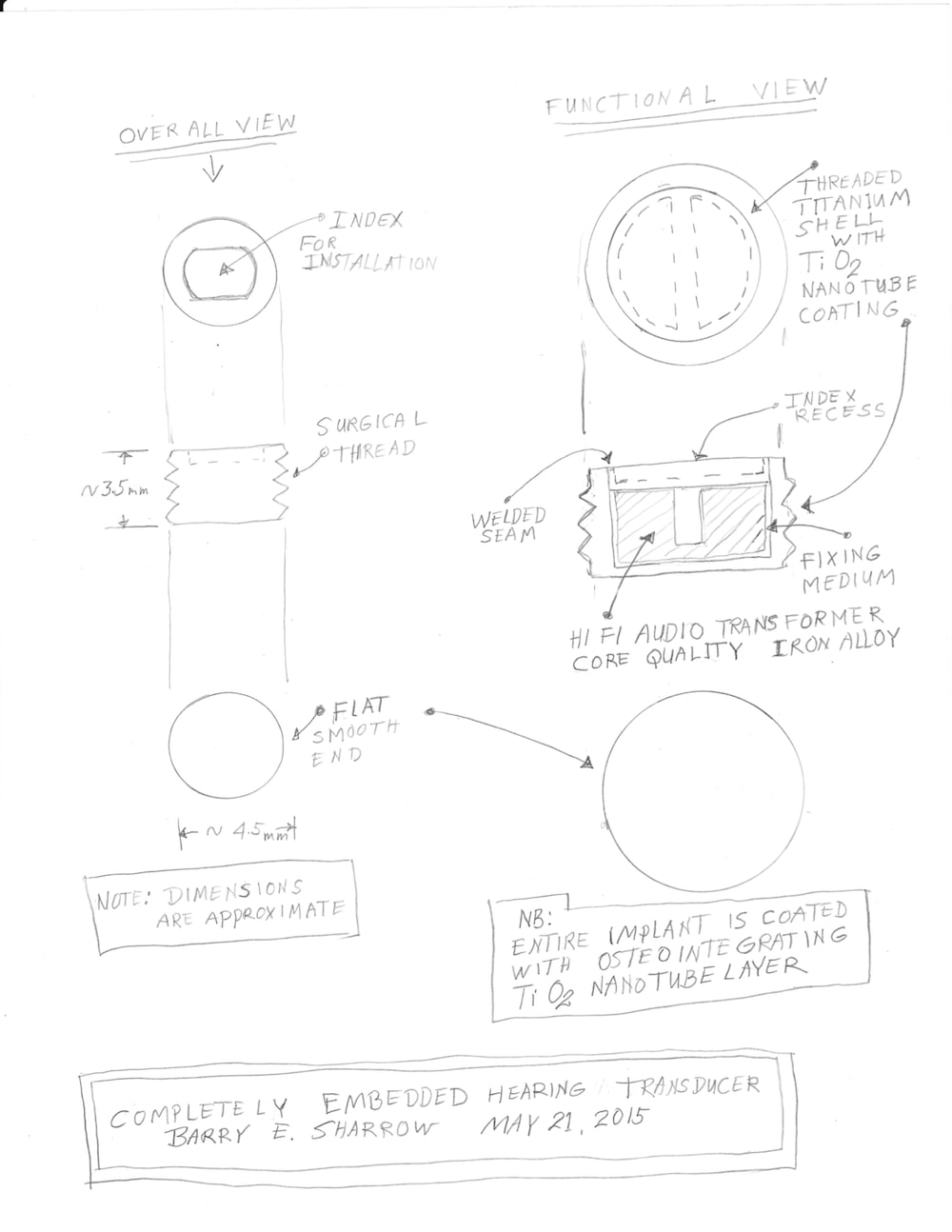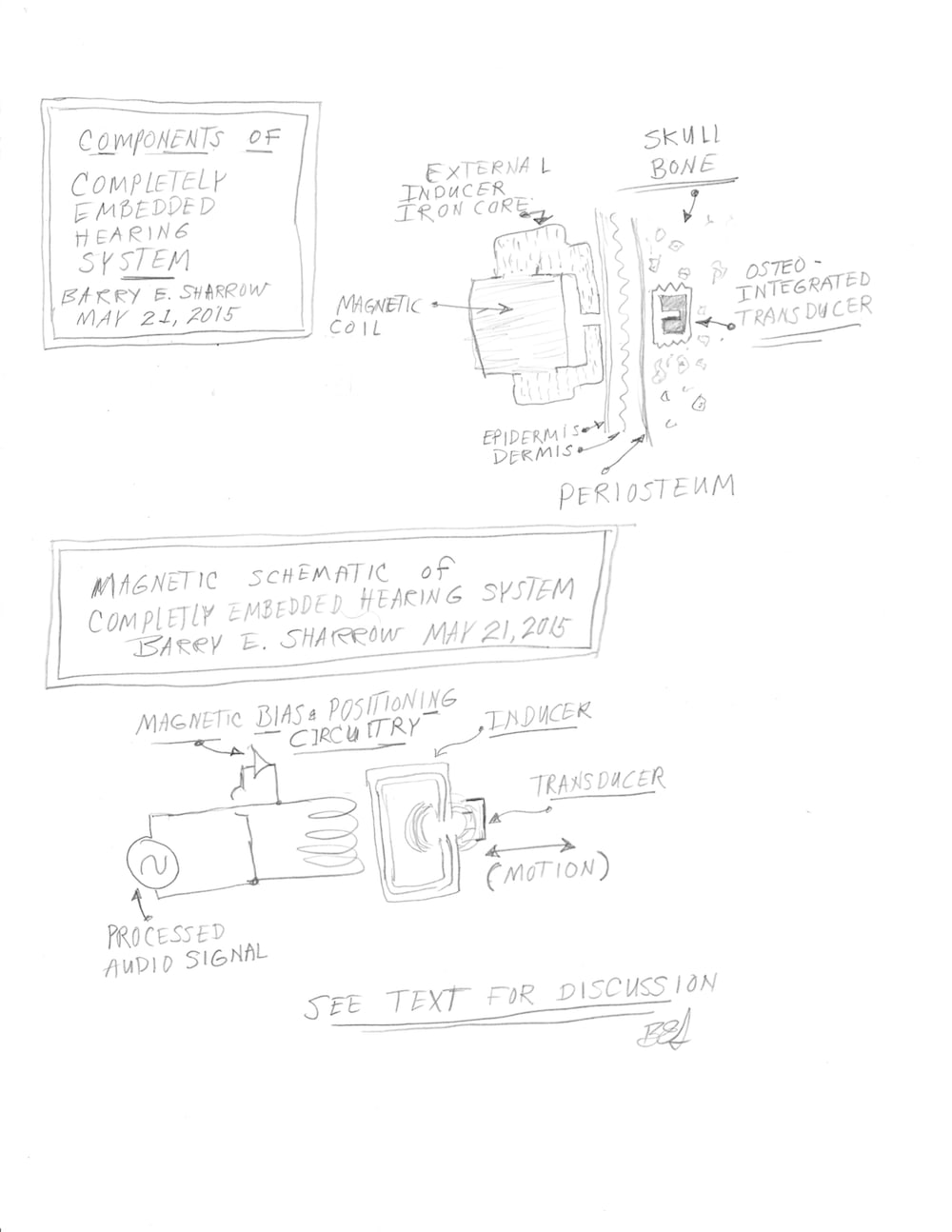Bone anchored hearing systems are a reality in today's world and the need for them is proven by a commercially viable patient base. However, although osseous integration is largely successful not only in anchored hearing devices but even more extensively in dental implants, the problem of maintaining an effective seal around a metallic shaft that penetrates the epithelial barrier and communicates directly with bone is very real. This violation of the defensive covering that protects all complex organisms from their environment can only be tolerated through the fastidious practice of prescribed maintenance. Good health is also a requirement because the so-called “seal” is only a physical stricture dependent upon resilient collagen (scar tissue) and a ring of epithelium. External situations easily compromise this “seal” permitting pathogenic microorganisms to directly attack the underlying soft tissue and bone. This is known as an infection and the result easily destroys bone and often results in the loss of the implant. Bone conduction hearing implants can only be truly protected by eliminating the physical connection between the implant and the external portion of the system.
To do this, we simply implant a completely passive internal transducer in the skull's bone, covering it completely with healed epithelium and magnetically couple it to the external part of the system. Direct bone contact is a very efficient method of transmitting sound and osseous integration, especially using the newest techniques and materials is already established.
The 2-piece approach, illustrated in the three drawings, is as follows:
The external “inducer” produces a magnetic field coupling to the (embedded) transducer with say, up to three millimeters of separation. The pole pieces in the transducer are designed so that the magnetic field is largely contained within the shunt, and this is where the magnetic bias circuit comes into play. Using custom algorithms, the transducer is biased only enough to induce bipolar magnetism within its internal structure. Then, with the transducer under neutral magnetism, the audio signal moves the entire transducer conducting sound into the bone.
Alignment and sequencing (which can be automated) begins with a fixed audio signal and a variable direct current bias that is increased until the audio signal is clearly heard. At this point, the transducer core is properly magnetized and the audio signal does its job. Volume adjustment is as normal.
Nothing other than what suffices for the state of the art “Bone Anchored” device is required. Yes, you might need a little more power to drive the transducer through those three millimeters (maximum) of healthy tissue so there would be some additional battery weight added to your headband or hat, or weird looking eyeglasses or whatever.
The transducer is simplicity itself. Its just some machined iron cemented or even, pressed into a titanium shell that is then capped, electrically welded and then, coated with titanium dioxide nanotubes, the same as any solid titanium implant.
What about MRI? Guess you'll just have to forego the pleasure of having your skull magnetized. You probably should wear a bracelet.
Like this entry?
-
About the Entrant
- Name:Barry Sharrow
- Type of entry:individual
- Patent status:none





